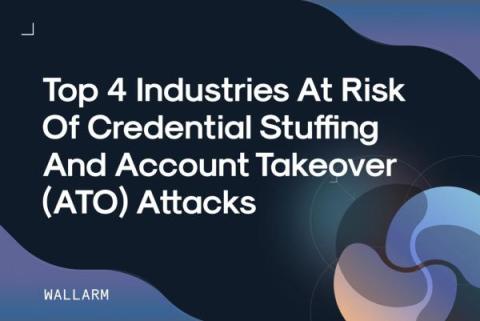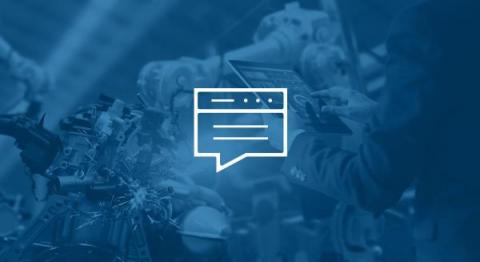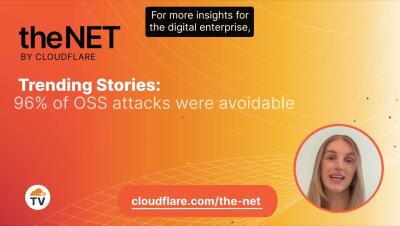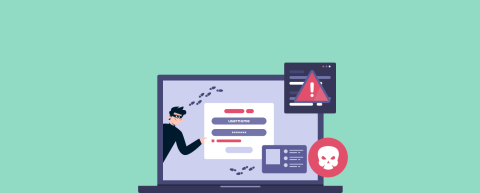CrowdStrike and Rubrik Join Forces to Defend Attacks on Data
With the growing volume of data and increasing cost of breaches, organizations must find ways to manage and protect their ever-expanding datasets. To address this escalating threat landscape, Rubrik and CrowdStrike have joined forces to redefine cyber defense, with several integration points between our platforms. This partnership is not about bolting on more security tools; rather, it's about gaining more leverage out of what customers already have.











